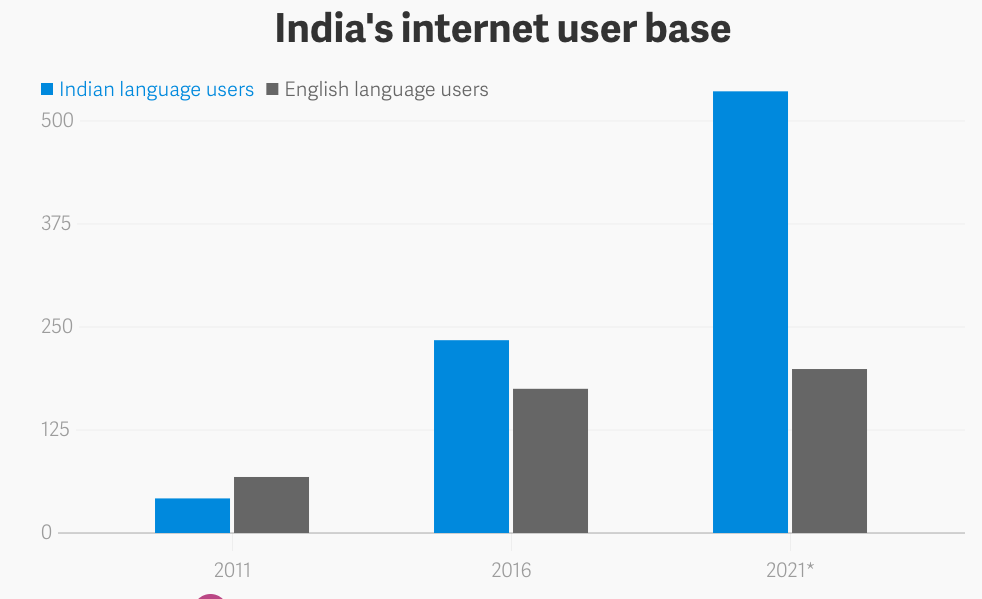In the past few years, customer experience has climbed up to be the most critical element for businesses. In fact, at the end of 2020, customer experience will overtake price and product to become the key brand differentiator. Gone are those days where customers used to be loyal to a brand because of their age or lower product cost. Today, one poor experience is enough for a customer to switch allegiance.
There’s no doubt that customer experience heavily relies upon communication. To win the customer experience battle, you need to be successful in creating a seamless personalized communication experience. This is why it’s important to be leveraging the latest technologies for communication.
Here are 4 of the biggest communication trends we foresee for the year of 2020.
1. Conversational commerce will move to voice
Today, 2 in 3 internet users are on social media. Messaging apps like Facebook Messenger, Whatsapp, and WeChat all have 1 billion users worldwide. These are easily the most used applications on our smartphones. It has certainly revolutionised the way we communicate with friends, families, and brands.
Brands have been quick to catch on the trend and move parts of their communication to these messaging applications. Conversational commerce is about using these apps to give the customers exactly what they want.
In 2020, we will see more businesses including conversations as a part of their entire business experience. Phone calls and messaging will be included in the businesses’ app itself without intruding on the customers’ “personal space”. For example, we are seeing cab hailing apps and dating apps already doing this.
Forrester
2. Enterprises will move to the cloud for scale and security
If we look back at 2019, the communication market was largely dominated by cloud-based solutions. Many businesses switched to cloud telephony primarily for the ease of setup and communication.
However, in 2020, you will see a lot of enterprises switching over to cloud telephony primarily for two factors – scale and security.
With cloud telephony, it is going to be easier than ever to scale without having to worry about the infrastructure involved.
Enterprises will also move to cloud communications (and telephony) to help stay on top of data security norms.
Gartner predicts that “by 2021, 90% of IT leaders will not purchase any new premises-based UC infrastructure.”
3. Customer service will continue to be a big brand differentiator
We’ve all heard it.
“Superior customer service is crucial for the growth of companies in 2019”
This will continue to stay true in 2020 too. According to reports, 96% of consumers say customer service is an important factor in their choice of loyalty to a brand.
Owing to the increasing competition, customer service is something that differentiates a brand from the rest. Customers today don’t mind paying extra for better customer service. This makes it extremely necessary for brands to utilize the latest technologies, systems, and people to serve their customers better.
Here are some of the trends we will see in customer service this year:
- Fast resolution without human intervention – avenues like helpful IVR based resolutions will gain more popularity
- Personalisation – making support relevant for the customer!
- Personalisation will also play a big role in customer retention
- Seamless transfer of information in omnichannel customer support
4. Voice and Vernacular will be the new way to tap new users
Voice has certainly become the easiest way to communicate with devices. Be it for searching something on Google, calling your friend or playing your favorite video on television. But this communication is moving from English to other local languages. This is especially true for countries like India. By 2021, when it comes to internet adoption, the number of Hindi users is expected to be more than English users at 536 million.
Recently Google announced its support for 8 different Indian languages for Google Assistant. Following on the trends, Alexa, Amazon’s voice-controlled assistant announced support for Hindi and Hinglish languages in India. This has been crucial for boosting the growth of voice usage in India owing to the fact that the majority of the population are native speakers. This year we’ve seen multiple vernacular startups like Vokal, Sharechat, DailyHunt making their mark and attracting investors.
As companies are looking to tap the next wave of internet users, localisation and voice will be critical for success.
Conclusion
As more and more users ride the internet wave, it’s the only obvious that we’ll see businesses adopting newer technologies and adapting to the changes. With the internet becoming more accessible and 5G services making a foray in the market, we’re ready for another year of disruption.

To share this infographic on your blog, use this embed code :




